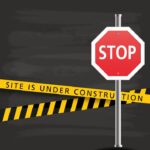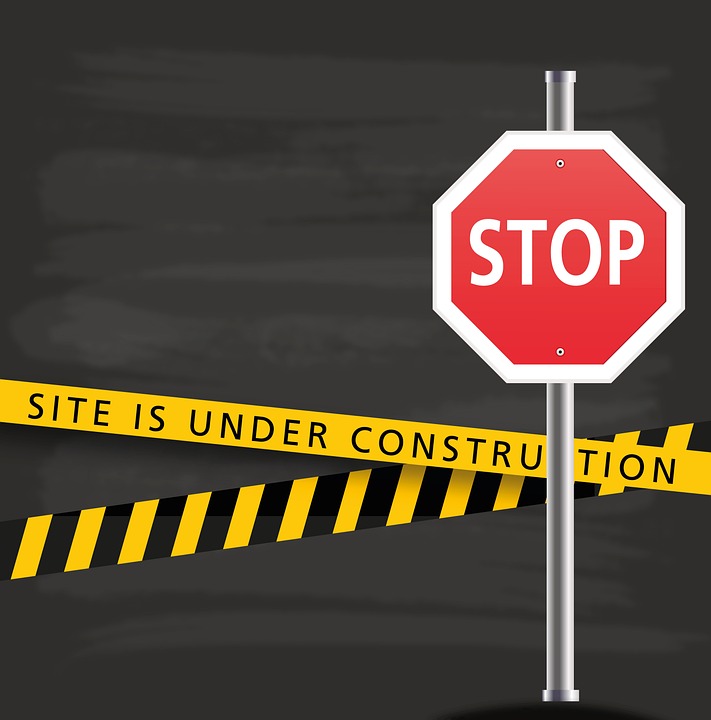Embarking on the journey of creating a website for your small business can be both exciting and daunting. From the initial stages of planning and selecting the perfect domain name to the intricate process of designing user-friendly layouts and optimizing for search engines, there are numerous crucial steps to consider.
However, the real challenge lies in seamlessly integrating e-commerce solutions and ensuring a smooth launch. As we navigate through the complexities of small business web design, we will uncover the essential strategies and techniques that pave the way for a successful online presence.
Planning Your Website

When embarking on the creation of a small business website, meticulous planning is essential to ensure its effectiveness and success. Planning your website involves a strategic approach to web design that aligns with your business goals and target audience.
The first step in small business web design is defining the purpose of your website. Are you looking to showcase products, provide information, or sell services online? Understanding this will guide the layout, content, and functionality of your site.
Next, consider the user experience (UX) aspect of your website. A user-friendly interface, easy navigation, and clear call-to-actions are crucial for engaging visitors and converting them into customers. Additionally, optimizing your website for mobile devices is imperative in today's digital landscape where many users access the internet through smartphones and tablets.
Furthermore, planning your website involves creating a sitemap to outline the structure and hierarchy of your content. This helps in organizing information logically and improving the overall user experience. By meticulously planning your small business web design, you set a strong foundation for a successful online presence.
Choosing the Right Domain
To establish a strong online presence for your small business, selecting the right domain name is a critical decision that can significantly impact your website's success. When choosing a domain name for your website, consider using your business name or a variation of it to ensure brand consistency. It's essential to keep the domain name short, memorable, and easy to spell to make it user-friendly and boost brand recognition. Including relevant keywords related to your industry can also help with search engine optimization (SEO) and attract more traffic to your site.
When selecting a domain name, it's advisable to choose a reputable domain registrar to ensure reliability and security. Look for web design companies or firms that offer domain registration services as part of their packages. These companies can provide expert advice on choosing the best web design-related domain name that aligns with your business goals. Additionally, they can assist in checking the availability of your desired domain name and handle the registration process efficiently.
Designing User-Friendly Layouts

Crafting an intuitive and visually appealing layout is essential for creating a user-friendly website experience that engages visitors effectively. When considering web design ideas, it is crucial to prioritize responsive web design to ensure that your site looks great and functions well across various devices. A responsive layout adapts to different screen sizes, providing a seamless user experience whether visitors are using a desktop, tablet, or smartphone.
Incorporating user interface (UI) web design principles can further enhance the usability of your website. Clear navigation, visually pleasing graphics, and easy-to-read content are key aspects of a user-friendly layout. Utilize whitespace effectively to prevent clutter and guide visitors' focus to essential elements on the page.
When designing your layout, consider the flow of information and how users will interact with your site. Place important elements such as contact information or calls-to-action prominently to encourage user engagement. By implementing responsive web design and incorporating thoughtful UI web design practices, you can create a visually appealing and user-friendly website that resonates with your audience.
Optimizing for Search Engines
Effective search engine optimization is crucial for enhancing online visibility and driving organic traffic to your small business website. To achieve this, consider partnering with a reputable web design and SEO company that can help optimize your site for search engines.
When marketing web design services, it's essential to focus on incorporating relevant keywords, meta tags, and descriptions into your website's content to improve its ranking on search engine results pages.
Learning web design best practices for SEO is also beneficial. This includes ensuring your website is mobile-friendly, has fast loading speeds, and features high-quality, optimized images. Additionally, creating valuable, original content that caters to your target audience's needs can further boost your site's SEO performance.
Regularly monitoring your website's analytics and making adjustments based on performance data is key to ongoing SEO success. By staying up-to-date with the latest SEO trends and algorithms, you can continuously optimize your small business website for improved search engine visibility and increased organic traffic.
Integrating E-commerce Solutions

Consider leveraging e-commerce solutions to streamline online transactions and enhance the customer shopping experience on your small business website. When it comes to e-commerce web design, integrating a seamless and secure payment gateway, user-friendly navigation, and mobile responsiveness are crucial elements. Working with a reputable web design agency experienced in e-commerce web design and development can help ensure your online store functions efficiently and effectively.
A web design agency specializing in e-commerce can assist in creating a visually appealing website that not only showcases your products or services but also guides visitors through the purchasing process effortlessly. Implementing features such as product filters, customer reviews, and personalized recommendations can enhance user engagement and drive sales.
Furthermore, optimizing your e-commerce website for search engines is essential for attracting organic traffic and increasing visibility. This involves incorporating relevant keywords, optimizing product descriptions, and ensuring fast-loading pages. By focusing on e-commerce web design and development with the support of a skilled web design agency, you can create a compelling online shopping experience that resonates with your target audience.
Testing and Launching Your Site
For a successful online presence, meticulous testing and a well-planned launch strategy are imperative before making your small business website live. Testing your website ensures that it functions correctly, provides a seamless user experience, and is optimized for different devices and browsers. It is essential to check for broken links, typos, loading speed, and overall functionality to guarantee a positive user experience.
Before launching your site, consider hiring web design agencies or utilizing a web design service to assist with the final checks and optimizations. These professionals can provide valuable insights and ensure that your website meets industry standards and best practices.
Once testing is complete, develop a comprehensive launch strategy that includes tasks like setting up web analytics, creating a backup plan, and implementing SEO strategies. A successful launch involves announcing your website to your target audience, promoting it through various channels, and monitoring its performance post-launch to make any necessary adjustments for optimal results in the online web design realm.
Frequently Asked Questions
How Can I Protect My Small Business Website From Cyber Attacks and Data Breaches?
To safeguard your small business website from cyber attacks and data breaches, implement robust cybersecurity measures such as using strong passwords, regularly updating software, installing firewalls, employing encryption, conducting security audits, and educating employees on best practices.
What Are Some Effective Ways to Drive Traffic to My Small Business Website?
To drive traffic to your small business website, focus on search engine optimization (SEO), create quality content, engage with social media, utilize email marketing, collaborate with influencers, and consider paid advertising for targeted reach.
How Can I Ensure That My Website Is Accessible to Users With Disabilities?
Ensuring website accessibility for users with disabilities is crucial. Implement features like alternative text for images, keyboard navigation, and color-contrast options. Regularly test your site with accessibility tools and follow guidelines such as WCAG for an inclusive user experience.
What Are the Best Practices for Maintaining and Updating My Small Business Website?
When it comes to maintaining and updating your small business website, it is crucial to regularly check for broken links, update content, optimize for SEO, ensure mobile responsiveness, and monitor site performance to provide a seamless user experience.
How Can I Measure the Success and Effectiveness of My Small Business Website Over Time?
To measure the success and effectiveness of a small business website over time, key metrics such as traffic, conversion rates, bounce rates, and engagement levels must be tracked consistently. Analyzing these data points helps in understanding the site's performance and making informed decisions for improvements.










